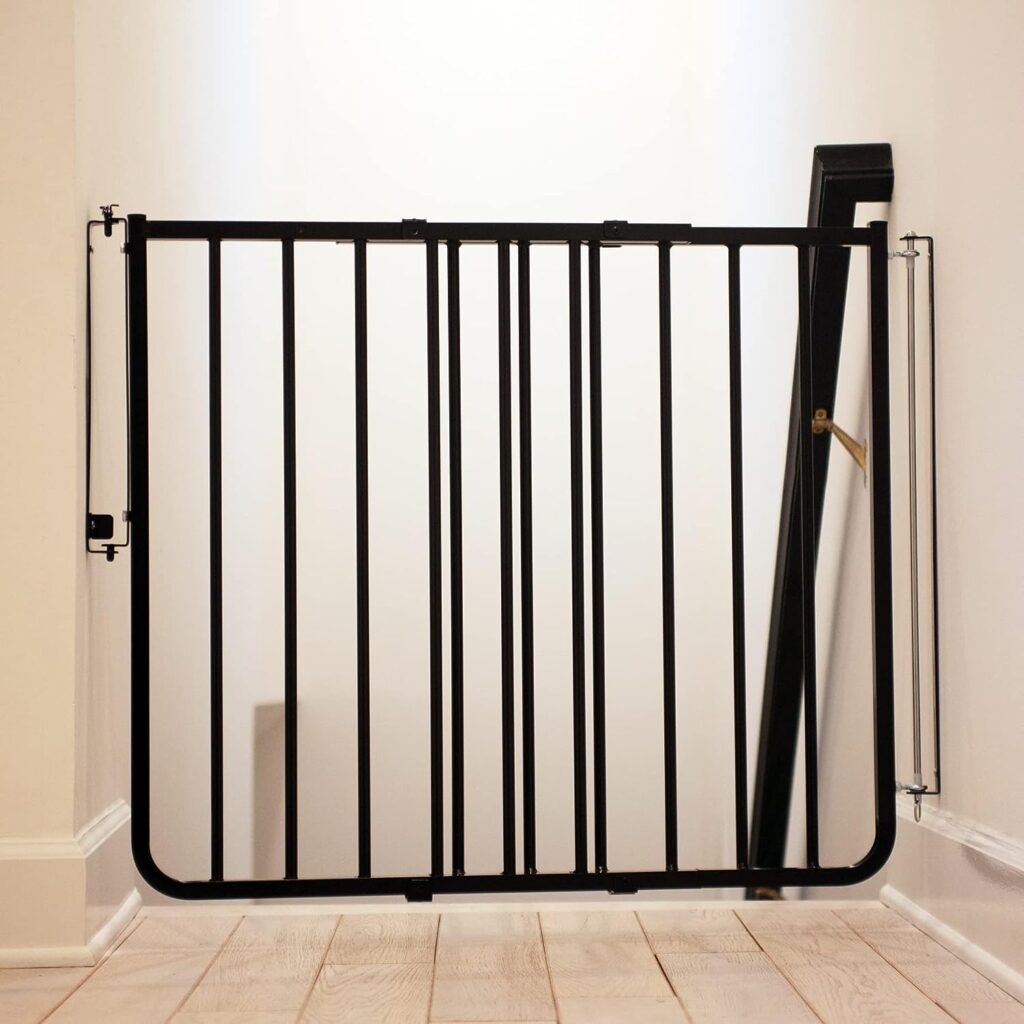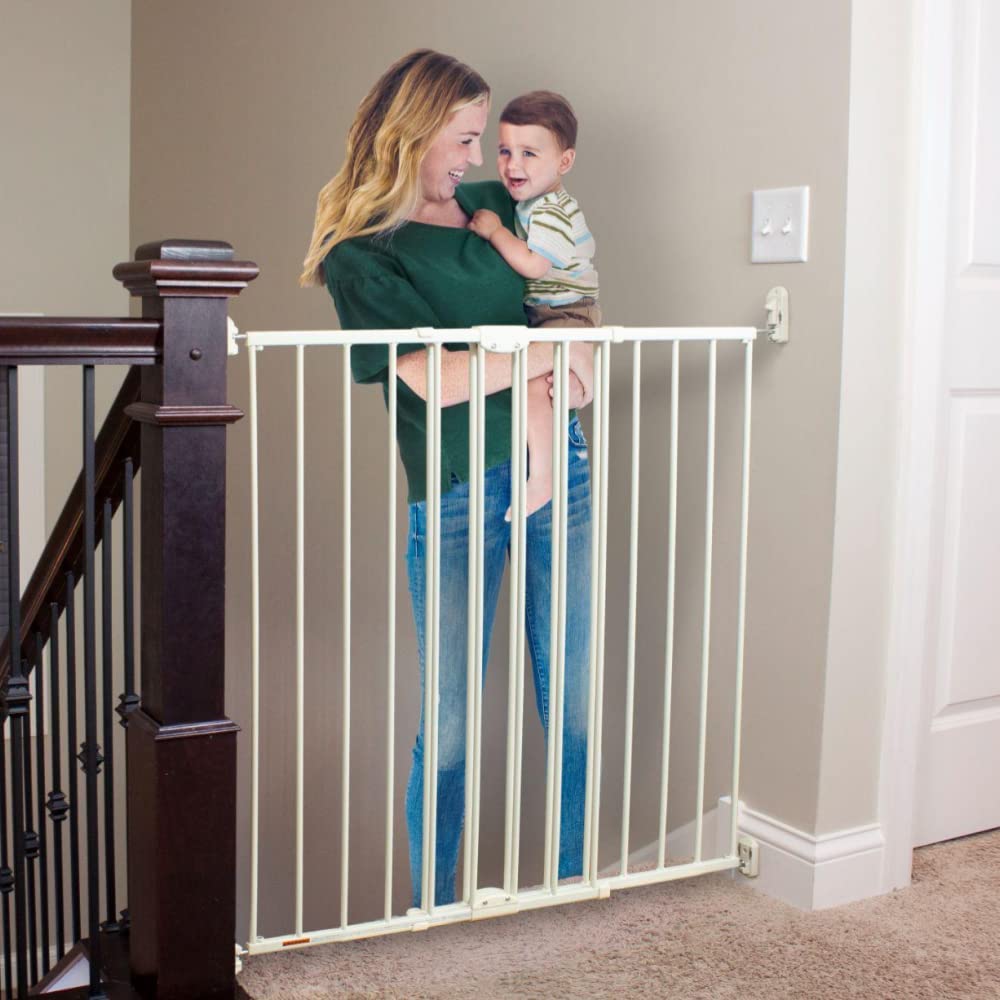Unless you start your baby off in an All-in-One Car Seat, you are going to need to “upgrade” along the way and switch to a different seat as your child grows and matures.
Yes, this means you will need to invest something new periodically to keep your kid in a seat that fits them properly.
However, most car seats will last you quite a while, so don’t despair yet!

Infant Carrier Car Seats
First, let’s talk about your newborn.
If you like the idea of being able to move your baby in and out of the car without unbuckling them first, you may want to begin with an infant carrier seat.
Most of these seats won’t last you terribly long, especially if you have a baby that grows big quickly, but wow, they are convenient!
For this reason, many parents splurge for one of these!If you do get a bucket-style infant carrier (they come with a separate base that you leave buckled in the vehicle), you might even decide to get a stroller frame that it can attach to for an instant “travel system.” These kinds of baby car seats most generally will fit your baby from when they are around 4-5 lbs to around 30-35 lbs. and between 30-35 inches tall.
But, keep in mind that once they are buckled in, there needs to be at least one inch from the top of their head to the top of the seat. If it is less than that, then the seat is outgrown regardless of their weight or standing height.
That means that most babies will fit in them anywhere between 8 months to 18 months. However, keep in mind that every baby and every seat is a little different.
If your baby-turned-toddler is fairly small, they might even fit until they are 2 years old, but if they are a lil chunk or super tall, you might have to switch car seats before they even reach 8 months old.
The alternative to this switch, of course, is to forego the infant carrier seat and start your baby off in a convertible car seat from the time that they are born. So to clarify…The switch from an Infant Carrier to Convertible Car Seat will happen anywhere from a few months up to maybe 2 years max.
Convertible Car Seats
Or start with a Convertible Car Seat and you won’t need to switch until your child is probably around 4-6 years old!
Why?
Well, convertible car seats are super cool because though they lack convenience for newborns and tiny babies (because they aren’t portable), they work for the entire time that your child needs to be rear-facing, plus can be turned around and used forward-facing with the 5-pt harness until your child maxes out the height and weight restrictions of the seat!
We here are huge proponents of keeping kids rear-facing as long as possible. Even the laws in most states are working to catch up to the scientific data that kids cannot be forward-faced before 2 years old. Convertible seats generally max out for rear-facing at 40 pounds, but there are extended rear-facing seats that don’t max out until 50 pounds!This is fantastic news! That means that most kids can ride rear-facing until they are 3, 4, 5, or maybe even 6 years old.
Does that sound crazy to you? It shouldn’t!
Many parents are choosing to rear-face for that long because it is actually safer! What we know now about a child’s developing spine and neck is that they don’t fully mature until this age range.
So, the idea is to protect them the best we can by first, keeping them rear-facing until they max out the height and weight range of their convertible seat. And when that happens (regardless of age), just re-install the seat forward-facing with the 5-pt harness until they max out the measurements for that mode.
So your convertible seat (with both rear-facing and front-facing modes) may last you from birth to approximately 6 years of age, depending on the height and weight of your child.
Combination Car Seats
So, when might you need a combination seat?
These are seats that ONLY face forward and have 2 modes: 5 point harness and highback booster.
Many families who buy these do so because they are passing along the older front-facing child’s convertible seat to a new baby. Combo seats are great for when you are buying a seat for a child that doesn’t need rear-facing mode anymore.
You may end up using your convertible seat so long that you don’t ever need a combination seat and will eventually transition your child directly into a highback booster.
We recommend that this switch doesn’t happen before the ages of 4-6, if at all possible. This is because five-point harnesses do a better job of keeping a child safely contained in their seat.
Whether you choose to switch from a convertible car seat in front-facing mode to a combination seat, highback booster, or backless booster will depend on the age, size, and maturity of your child. Younger children (between 4-6) will best transition to a combination seat or highback booster, while older children (6+) may be ready for a backless booster. When you actually switch them will depend on the maximum height/weight restrictions of the seats that they are in.
Booster Seats (Highback and Backless)
So, now let’s talk about older kids and boosters.As I’ve already mentioned, there are 2 types of boosters: highback and backless.
How do you decide which option is best for your child?
Keep in mind that a highback booster may have “wings” that provide additional side protection and a place for your child’s head to rest when sleeping or tired. Highback boosters are helpful for training kids to stay within the parameters of the seat.
Backless boosters are best reserved for older children who have already learned to sit properly, without leaning, slouching, reaching, or messing with the seat belt, and are not prone to sleeping while riding. Most children under the age range of 5-6 are not the best candidates for these, due to their normal lack of maturityIf you believe your child is ready for a backless booster, check to make sure that it properly routes the vehicle seat belt across the upper thighs and doesn’t allow it to ride up on the soft part of their belly.
Also, make sure the shoulder belt makes contact with and lays against the middle portion of their shoulder. If the booster doesn’t do these things, then the fit is incorrect.
There is certainly NO RUSH to move a child from a 5-point harness seat that fits them to a booster of any kind. Nor is there a rush to move a child from a highback booster to a backless booster. Giving your child less protection is not a milestone that you or they need to reach.
We understand that most kids eventually prefer to sit forward-facing and also hanker to get out of a car seat and into a booster, and when older, can’t wait to forego the booster altogether. Kids don’t like to “feel like babies” and oftentimes are subjected to bullying and being made fun of if they are still sitting in carseats and boosters as they get older.
However, it is important to teach our children from the time they are little about car seat safety. We need to do our best to make them proud of their seats and help them find their voices so that they can explain the importance of their car seat and booster arrangements to friends and family members.
There is nothing embarrassing or “baby-ish” about buckling up in the safest way possible! Once your older child is ready to sit properly in a backless booster, keep in mind that most children will not properly fit a vehicle’s seat belt alone until they are around 10-12 years old, so that booster needs to ride with them in whatever car they are in.

Being ready to transition from a booster seat to the vehicle’s seat belt means that your child can fully pass the “Five-Step Test” which includes the following 5 points:
- Their back is against the vehicle seat
- Their knees bend at the edge of the seat and their feet touch the floor
- The lap belt rest on the across their hips, not their belly
- The shoulder belt makes contact between their neck and shoulder
- They can sit properly for the whole ride (no slouching, leaning, moving the seat belt)
Conclusion
Hopefully, this guide is helpful to you as you think about when your child will need to switch car seats. Remember that these transitions generally include thinking about all of the following:
- Your child’s age
- Your child’s weight
- Your child’s height
- Your child’s maturity
- The seat’s height maximum
- The seat’s weight maximum
- The safest option available
If you’ve chosen to buy an All-in-One seat, you may never need to switch to a different seat as long as you are never in an accident, but don’t be surprised if the years have made a lot of wear and tear on a seat that is designed to last 10 years!
Some parents (and kids!) are actually thankful for the opportunity to pick a new seat every so often, for a fresh, clean start!We wish you the best on your car seat journey!








